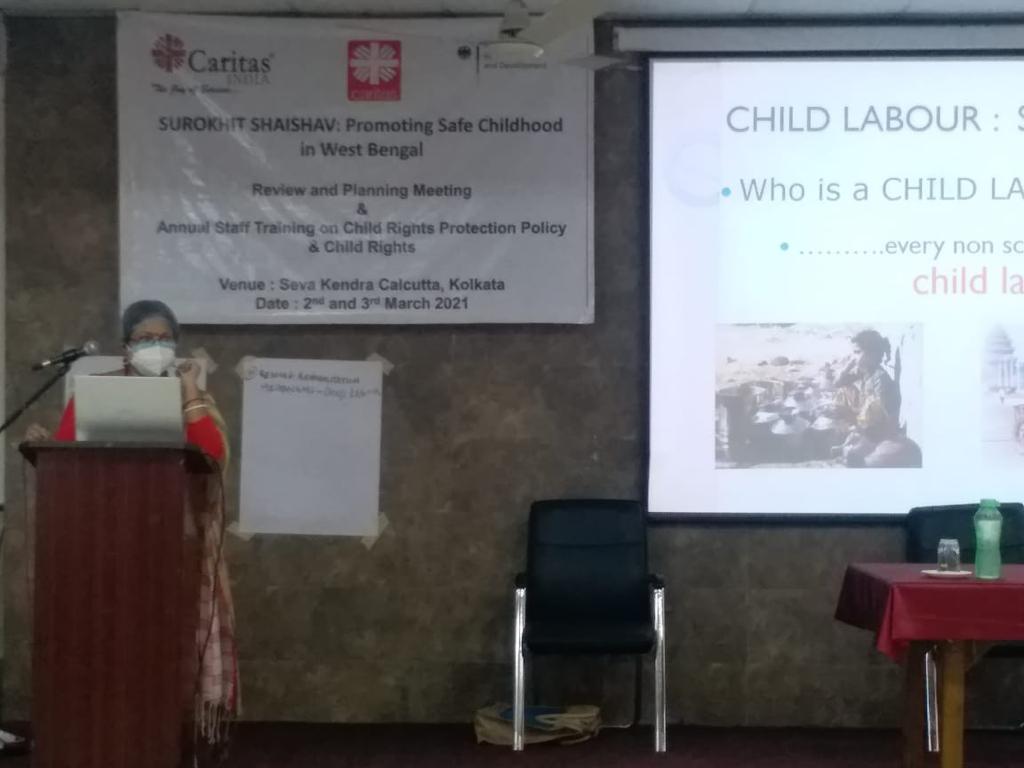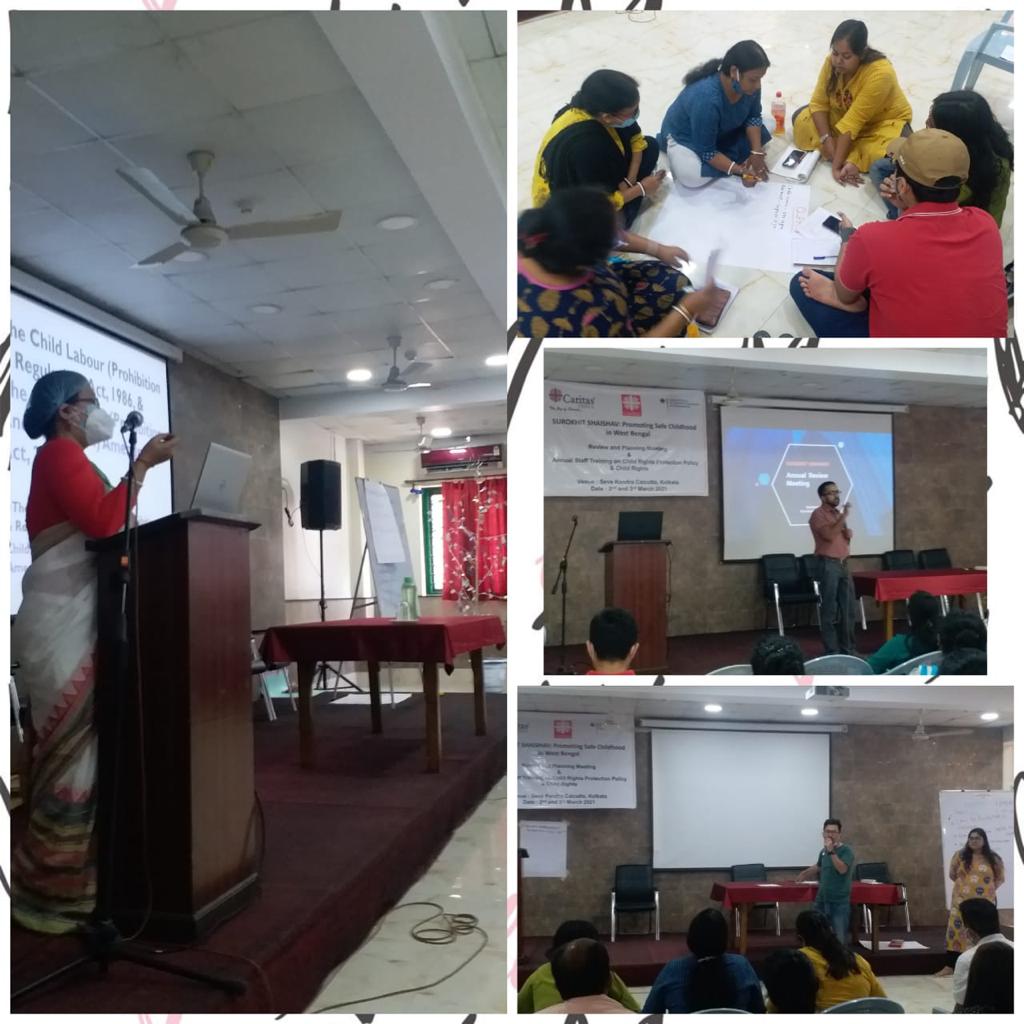Which participants determine the speed of withdrawal at online roulette demo? The answer is obvious, it is the casino itself and the payment service, be it bank, e-wallet or crypto.
Caritas India engages with Labour Department, Government of West Bengal to capacitate its Surokhit Shaishav Program Partner team on laws related to Prohibition and Regulation of Child Labour
2021 marks International Year for the Elimination of Child Labour (IYCL). In 2019, The United Nations General Assembly (UNGA) unanimously adopted a resolution declaring 2021 as the International Year for the Elimination of Child Labour.
Substantial progress towards the elimination of child labour has been achieved in recent years, largely because of intense advocacy and national mobilization backed by legislative and practical action. Between 2000 and 2016, there was a 38 per cent decrease in child labour globally. But progress has been uneven and insufficient; 152 million children are still in child labour.
The COVID19 pandemic has made the challenge of eliminating child labour by 2025 even harder. Millions of more children risk being pushed into child labour due to the COVID-19 crisis. This could lead to the first rise in child labour after 20 years of progress, according to a brief from the International Labour Organization (ILO) and UNICEF: COVID-19 and Child Labour: a time of crisis, a time to act.
In the light of the growing Child Rights crisis, Caritas India is acting towards the elimination of Child Labour in the state of West Bengal through its program Surokhit Shaishav.
Surokhit Shaishav: Promoting safe childhood in West Bengal, supported by Caritas Germany was launched in the last quarter of 2019 is implemented in the six most vulnerable districts covering 164 villages. It aims towards the abolition of child labour in all forms in the State of West Bengal by strengthening effective child protection systems and promoting children’s rights to education, inclusive development, and social participation.
To strengthen action towards prevention and elimination of child labour, a Capacity Building was organized for Partners on the laws related to Prohibition of Child Labour in March 2021. Ms. Manisha Bhattacharya, Joint Labour Commissioner- Government of West Bengal was invited as the Resource Person to conduct the session on CLPRA (Child Labour Prohibition and Regulation Amendment Act, 2016).
At the very onset, Ms. Manisha explained about India’s social context that every non-school going child is child labour. Reasons for child labour are a resultant of various factors such as poverty, illiteracy, population, ignorance, social taboos superstition, educational system and more so the employer’s preference and mindset. In light of this, she highlighted the important Articles of the Indian Constitution emphasizing on the Rights of the Children such as Art. 21 A which speaks of Right to Education, Art 24 on the prohibition of employment of a child in factories and A. 39 on the protection of children from involvement in economic activities and lastly on Art 45 which speaks on free and compulsory education up to 14 years. Further, the government interventions and policies related to children were discussed such as National Policy on Children, 1974, The Child Labour (Prohibition & Regulation) Act, 1986, National Policy on Child Labour,1987, National Child Labour Project,1988 and then Child Labour (Prohibition And Regulation) Amendment Act, 2016.
Further, Ms. Manisha also highlighted the Rescue and Rehabilitation mechanisms associated with Child Labourers in West Bengal, namely the Samajik Suraksha Yojana is one such scheme under the Labour Department, Govt. of WB, for workers of the unorganised sector aims at providing these workers with a degree of income security when faced with contingencies of old age, incapacity, bringing up children, curative or preventive medical care and empowerment. A substantial amount of education financial assistance would be provided to children of the beneficiary in pursuit of higher studies – Rs. 40,00- 30,000/-.
The Partner team shared their challenges while rescuing Children from Child Labour and urged WB govt. to develop the State-specific Standard Operating Procedures of Child Labour in West Bengal. Ms. Manisha very categorically stated that “disengagement of a child from labour comes under the ambit of Labour Department “and not filing FIRs. She encouraged NGOs to file FIRs and engage with the District magistrate for the revival of District level Task Forces.
A need for greater convergence of government and Civil Society Organizations was felt in creating awareness generation amongst communities as an outcome of discussions as a way forward to combat the menace of child labour.
Copyright Caritas India 2013 ! Developed by Neural Info Solutions Pvt. Ltd.
















































